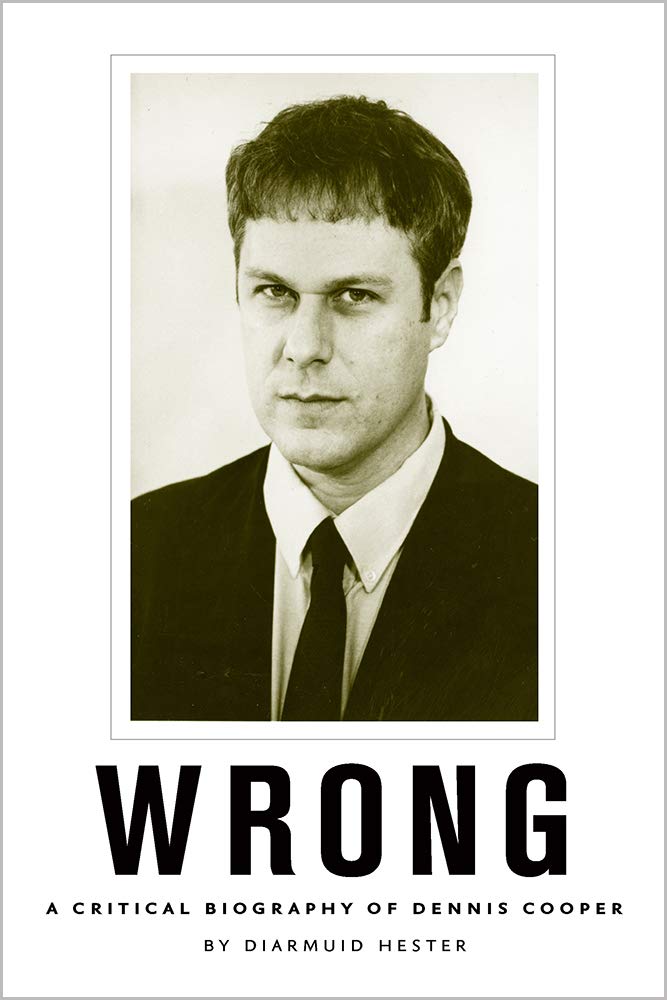_____________
Sn*ffmeout, 18
Book me for a rape and execution.
Who pays can determine the process.
There is one place where you can rape and kill me at your whim.
Take detached genitals as a gift.
Snuff me, come on!
Comments
lukethenomad – Apr 27, 2022
I hate this “civilized world”. There is nothing holy to me except blood and death. That caused some problems in my life: When other people talk about genocides, they would say, “That so horrible”, then keep enjoying their dinner. Me? I would only say, “THAT’S NOT ENOUGH!!!”.
Let the hypocritical kind words to the hell! My heart longs for rivers of blood, extreme anger, pain, and despair. Only remove the skin of humans, back to origin. Realize and accept that humans just are a kind of animal, then we can accept any atrocities, and view it as a kind of art. IT’S SO GREAT!!!
Sn*ffmeout (Owner) – Apr 25, 2022
Thanks but you freaks are like shooting fish in a barrel.
wealthymaster – Apr 25, 2022
I would like to commend you for launching the most successful ever test of the force field surrounding my fantasies.
Sn*ffmeout (Owner) – Apr 25, 2022
Sure, why not.
HAPPYFUNGAMES – Apr 25, 2022
i would love to take you to the woods and i would love to bury you alive in the ground with only your dead ass sticking out to be fucked in
Sn*ffmeout (Owner) – Apr 18, 2022
Sure, why not.
fetaMier – Apr 18, 2022
Hi, I am 29, mostly straight, however, when it goes to snuff and necro and autopsies, I am bisexual! <3 I am also into dark cardiophilia, if you have a thing for having your heart stopped and started again many times before the snuff, necro and autopsy, it will be huge turn on!

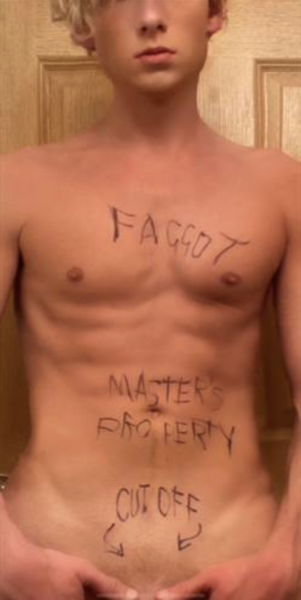
____________
MAKEITFFIT, 18
Hi, my name is Beck. Mom liked some singer. I was involved in a car accident in 2018 causing alot of issues from my involuntary nervous system playing up to incontinence to mobility issues and I have always been worried that people would never accept that, especially when it comes to “behind closed doors” as I didn’t know if anyone out there would freak out about that fact I have a catheter and need to use a bed pan. Please cover my face in spit, piss, cum, snot, shit, food, blood, vomit.
Comments
MAKEITFFIT (Owner) – Apr 9, 2022
YOU’LL NEVER GET TIRED OF ME!
MAKEITFFIT (Owner) – Apr 8, 2022
Master thank YOU Sir! Master YOUR slave seeks to marry you Master Sir! Ready for a life of happiness with YOU Sir. Master thank YOU Sir!
SleazyCock – Apr 8, 2022
If you’re interested in impact play (paddling, crops/canes, whips, bats), breath control (strangling, smothering, bagging, suffocation), and don’t mind a bottom that has more tubes coming out of him that a guitar has strings then just picture yourself looking down at him, his head shoved underwater in a full bathtub, your strong hands gripping his throat while you drown him out like the erratum he is. If this is the kind of scene that gets you hot, don’t be shy.
MAKEITFFIT (Owner) – Apr 2, 2022
Please, if I’m not for you just move on there’s no need to be vile!


____________
TrashJunk, 24
Drug addict / Toxicomane
Dirty / Filthy / Slam / Chemsex / FF
Homeless / Junkie
Looking for some ass up no loads refused type of deal
Home base: Bahnhofsviertel Frankfurt
Comments
nyguy56 – Apr 16, 2022
Chef here.
thatoneshithead – Apr 16, 2022
Looking for a Chef
thatoneshithead – Apr 10, 2022
Despite his many hardships and their visible toll he has skin with the softness of a feather and a very beautiful jewel between his legs to have fun in your hands or something else… and if you dare to go back to his secret garden you will discover new flavors in the beautiful curvature that can cause a volcanic explosion both in the soul and in the physical despite everything.


____________
toiletboy, 18
i realized a few years ago that i was a human toilet and put on this planet to consume the shit of older men. i like to gag and vomit and once i am fed my hole wants to be used as a cum dumpster as well. i also love the taste of my shit. if you want to eat it i take anti diarrheals and eat dark chocolate so my shit sticks to your teeth.
Comments
freakydeaky – Apr 16, 2022
He is living proof that God exists and is merciful.
dafuq – Apr 12, 2022
His ass turned me into Indiana Jones.
easycomeeasygo – Apr 7, 2022
I liked shitting in his mouth so, so much!
Eatnowyou – Apr 4, 2022
If you love eating shit his shit will make you lose your motherfucking mind.
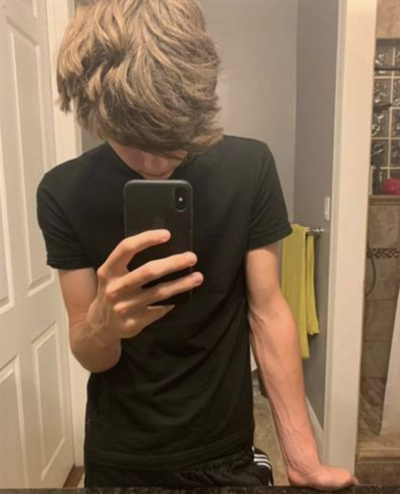

____________
Billy, 21
I make old account but people misunderstand so I try again new account so yu know I NOT want date or relation.
I have fetishisms for competition swimsuits. I like to be show off in public places and make mans horny see me like that!
Most I like do boihanto! In Japan it mean parks where gay man plays with other gay man or boy in woods :). Just be feeled up and sniffed and licked through swimsuit not more.
I not go to bed with yu ever!
I shy do boihanto but do sometime at Pratumnak Park and it excites!


____________
Felixthenaughtycat, 20
I don’t know if this is the right place for this… But I’m poz, very poz and very catchy poz, which is why I went on medication. Lately I’ve missed the medication one or two days in a row… Then I take it again but after two days I’ll fail again… I’ve read that it takes two weeks for the virus to wake up again, but in my head, the fact of failing to take the medication makes me very, very horny… At issue is a cute little sugar twink I live with. He’s not my slave, but I demand a lot of sex for my support, so the line is fine. He’s neg and very precious about that status and doesn’t know I’m poz because I’m a bad person. Now I’m thinking to return to being super poz and being resistant to medication and knocking him up, and I’m talking over and over, and never telling him and turning him into a pozzed up slut without him ever knowing. What do you think?
Comments
Felixthenaughtycat (Owner) – Apr 15, 2022
If it affects your opinion I have a dad bod that I’m trying to frame in muscle. I’ll always have a little round gut but it’s gonna be small with tons of muscle.
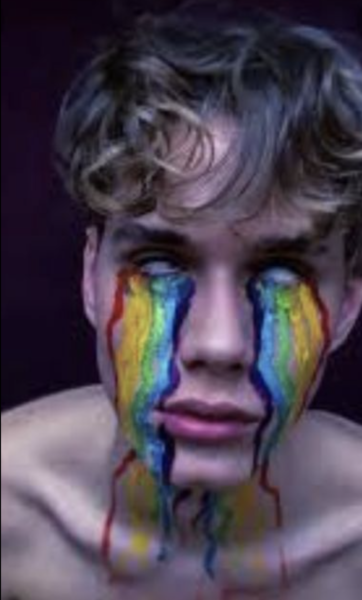



_____________
meandmommy4daddy, 18
Looking for mature men for me and mommy
Please don’t bring mommy up until we have met and I know that you can fuck and that you meet the size requirements for her 9++ me 7+ and that you’re not a psycho….. seriously no psychos
Comments
meandmommy4daddy (Owner) – Apr 4, 2022
Wtf is it about me and psychos???!!!!!!
DecadentCake (again) – Apr 3, 2022
Yes, I like it because I know with certainty it must be pure beauty and perfection. But I also like it because is would make the perfect meat. As you say, I have superb taste.
Jimbo2557 – Apr 3, 2022
This pic has become something of a legend here ever since he first shared it. I see it passed around and shared on a regular basis. You like it because it does not take a psychic to know it is pure beauty and perfection and as we know you have a superb taste in male meat.
DecadentCake – Apr 3, 2022
Why am I obsessed with meandmommy4daddy’s ass even though I haven’t even seen it yet? God knows I’ve seen so many. Caressed, sucked, bitten, and fucked many. But this one which I can only project just stays in my mind. I look at the photo and go insane.
This morning it was needles. I imagined shoving needles into his ass. Many needles. I wondered if it would be a turn-on and his dick would grow hard. Or would he hate it and punch me out? Anyway, I dreamed of ramming needle after needle after needle into his ass. Then pulling them out and licking up his blood.
That fucking unknown ass is in my brain. I see it in my mind’s eye and dream of tearing into his naked ass and destroying it. Cutting. Slicing. Pounding. Stomping. Devouring. Yes, most of all, eating meandmommy4daddy’s ass. I’m obsessed. Every time I log on into this site, I have to take a peek.



_____________
AndyWhore, 18
Hey guys! Just your average cute twink here who’s mission in life is to demolish my asshole. Nothing I want more than to be left with a loose gaping cunt between my ass cheeks. Fuck, fist, punch fuck and then jack your dick off inside me!
Looking for hook-ups starting on easter Friday in Los Angeles. I arrive Friday afternoon or evening, and can stay till Saturday early morning the following weekend.
Comments
SuitCigarCum – Apr 17, 2022
Auto date with him. Picked up at a Starbucks… totally flawless cute masterpiece from forehead to toenails. He was already horny and hot in the car. Hooded, cuffed, poppered, choked, before deep kissing, his saliva pouring down my throat. He also briefly blew him, licked his hot, wet hole – think pickled. Then power slammed his super horny cunt …. that’s true with cum spitting out of both of us over everything …. what more could any man ever want.
SFEnemaGuy – Apr 12, 2022
I have a huge enema fetish LIKE VERY HOT AND VERY SOAPY PUNISHMENT ENEMAS GIVEN DOGGY STYLE AND PUSHED IN HARD TO GIVE SERIOUS HIGH VOLUME ENEMA TRAINING HAVE A FOUR QUART BLACK ENEMA BAG AND A FIVE QUART RED ENEMA BAG FEW GUYS CAN TAKE THESE HUGE ENEMAS BUT I BET YOU CAN
Descreet – Apr 11, 2022
I brought along a a beautiful extra thick large monster dildo that opened up his second sphincter so well that he could have taken a whole arm after.
FFRubbrPIG – Apr 8, 2022
If a guy is on his back, then the fist is going in following the colon as it would do if you can imagine it as a diagram. However to speak about fisting this twink in particular, I found that on all fours, I could go deeper into him than on his back. Partly it is that nature will take it deeper where you want it to be, and you have gravity on your side. The other issue is where the backbone tail is located in his arse, it’s easier to get below it by him being on all fours.
I started with him in a sling, but was having trouble getting as deep as I wanted, to the elbow, so I got him out of the sling onto a futon on the floor and easily got where I intended to go!
But the best way to fist him was when I had him lying on his right side and put his left leg over his body and that really opened his hole up. I got in almost to the shoulder. But he was passed out by that point, if that’s an issue.
GivingItDeep – Apr 8, 2022
Why is fisting doggy style so difficult??? I was in absolute heaven fisting this twink on his back with his legs up, it was sloppy and fun and then I flipped him over and it felt like there was a wall that stopped me. What gives?!
HuntingDog – Apr 2, 2022
A total win-win situation. Such a young fresh vegetable! Came to my hotel tonight. Got to the point – boyfriend sex at its most delirious with starving, drooling kisses, then he took my cock (18cm) deepthroat (tears pouring down his face, how sweet) and then his hole was butter, was allowed to blast it full of cum twice. It’ll leave you in awe.


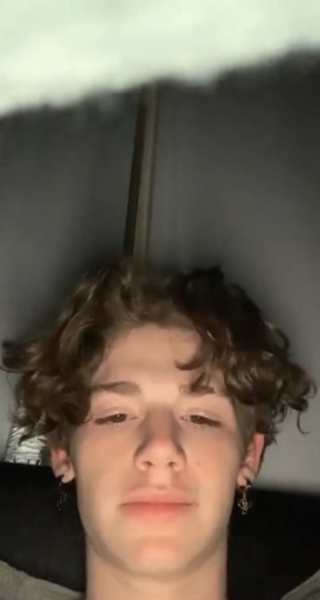
______________
RainorShine, 23
I am 23 years old but I look younger. I am the property of the most inattentive master in Puebla, Mexico. He is a high ranking member of a Cartel but I can tell you how to kidnap me without him tracking you down and killing us both.
Comments
filth&fury – Apr 20, 2022
I have lock him away for no one to find.
RainorShine (Owner) – Apr 12, 2022
Since many of you ask me, the worst things I have done or witnessed:
– tricked friends who were virgins and gave them to my master who slammed and then fucked them
– been raped by men in dire financial and addiction circumstances for master’s amusement
– as punishment was blood slammed by a man who was poz
– helped master castrate a young guy in a park
– made the houseboy of an associate of my master who was underage and mentally retarded eat my shit
– watched master rape a young straight teen and kill him
– was gang raped by 8 builders who were working on master’s house for four days while he was out of town
– talked one of master’s bodyguards into killing a young straight drug dealer i was jealous of and lied to master about it
– helped master dismember the corpse of a boy he’d been having an affair with
– taken to a local river by my angry master to be executed and were caught by the police but master paid them off to go away
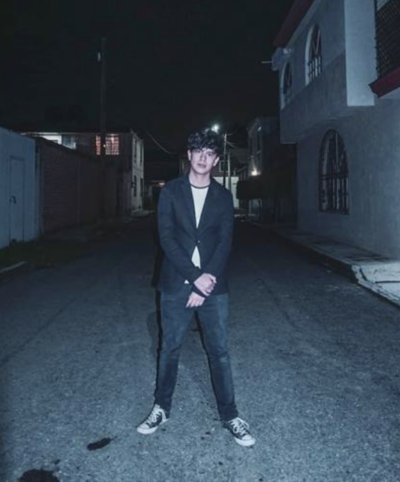

______________
GREATDESIRE, 22
personal profile:
– cocky, entitled straight man with a chip on my shoulder due to feelings of inadequacy below the belt.
– seeking one or more men willing to give me a full, all over body whipping using anything you want, full back and front, shoulders to ankles, followed by an assortment of physical tortures to my entire body, using anything of your own choice administered professionally and thoroughly to cause me the maximum pain.
– Hood me if you want to stop me seeing what you are going to do to me next or get sick of my screaming face.
– for longer sessions lasting days or weeks, I can contribute with just over 2000 euros, it is not much but it is what I can give.
– for conventional sex I prefer women.
Comments
GREATDESIRE (Owner) – Apr 20, 2022
I have been rescued from this lifestyle, a man and his boyfriend are fostering and rehabilitating me.
I thought I knew what i wanted. But I also thought I was straight 🤣.
I’ve learned more in the last month than in the proceeding 3 years. I have yet to see any girl I want to fuck or fuck again.
I’m looking to meet other normal gay guys to form bonds and friendships with.
Justmeherenow – Apr 1, 2022
I am who looks forward to admitting slave who are ready to give up all they have in life and face the reality of amputation of their limbs and stumps.


_____________
takemeaway, 18
16yo needing a place to stay and get away from family and possibly start a new one. plz don’t report me I’m very desperate to get away and will do anything
Comments
takemeaway (Owner) – Apr 12, 2022
I am open to marry a man and change my gender.
checker – Apr 11, 2022
He’s my son and I can’t keep your hands off him and I make love to him and I have to hide it from his mother and everyone else obviously.
takemeaway (Owner) – Apr 8, 2022
I am into literature and art, into coffee and walking in parks. I love profound talks, contemplating in sun light. I write. I read. My life is all about thoughts, words and feelings. I am mostly introverted. I am a thinker, who strives for being freer and more light some. I’m dreaming and looking for the beauty in the world. And there is so much of it. Please don’t scare me.

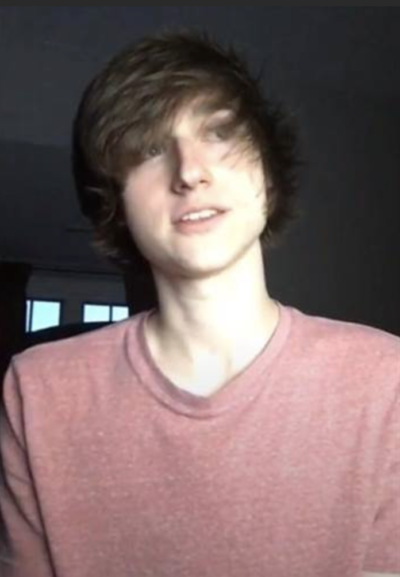
_____________
DanielGood, 23
“The Dark Side of the Force is a pathway to many abilities some consider to be unnatural.” – Sidious
I had dreams of being an artist with a creative life but found that I must be a slave.
I am your typical chauvinist. To me women are whores for use. I see tits, I see ass, and I see pussy. All for fucking. Nothing more.
This is me asking you to flip the script on me. Forced sex with you or with others of your choice, once or repeatedly. Who, when, how many, what form, all of that.
Please Note: Moving to San Francisco this upcoming summer with my stupid girlfriend.
Comments
DanielGood (Owner) – Apr 17, 2022
Requests to snuff me make me freak out, please respect this.
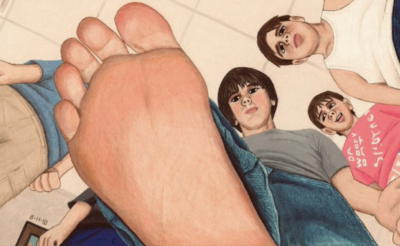
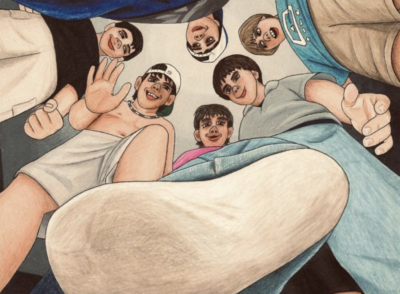

______________
Chriswood, 20
into a motherfucking lot, want to be beaten up, like being stupefied with dr*nk and dr*gged half-dead and savagely raped, want to be kidnapped and chloro’d and suffocated and strangled using bare hands or muscle arms or man handkerchief or pillow by someone unhinged, things that give other people nightmares 😈😈😈
Comments
Chriswood (Owner) – Apr 17, 2022
btw understand there’s a video of me dr*gged unconscious and being gangraped while i snore loudly, does anyone have it
shyguy49 – Apr 13, 2022
Everyones talking like hes a insane sex pig and he is 4 sure but i would like to add that hes a very nice person.
TheExplorer – Apr 9, 2022
Enjoyed: Hardstyle artificial intoxication then anal, anal hook, anal sex, ass play. ass to mouth, ass worship (everything to do with it), bathroom use, gagged, fucked biting blindfolds, breath play, burlesque, butt plug, caning, carving, corporal punishment, crawling, cross-dressing, cuddlescum, cum slut, daddy daughter roleplay, dark alley covered in graffiti (everything to do with it), deep throat fucking (everything to do with it), plastic pants, rubber sheets, whipping, dildos, doctor/patient play (everything to do with it), douching (everything to do with it), enemas (everything to do with it), injected drugs (everything to do with it), extreme photography (everything to do with it), estim, smothering by his ass (everything to do with it)
SadisticMaster334 – Apr 6, 2022
Twacked Tweeker Himbo who loves the drugs n loves himbo hypno baTor Goongasmic objecTificaTion! He all abouT sweat, clouds, Himbo Hypno Sexxx, poppers, meThsTurbaTion, hella gooned, spun twacked, popper- hypnoed **parTySexxxxxxx*
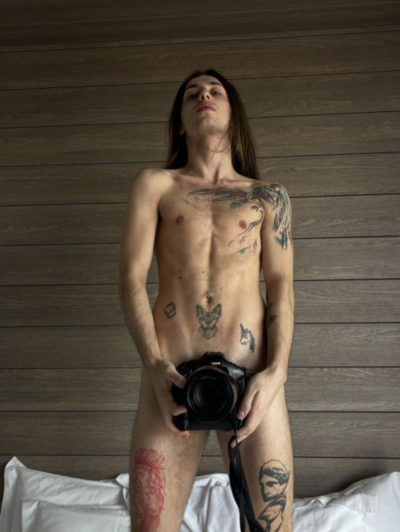
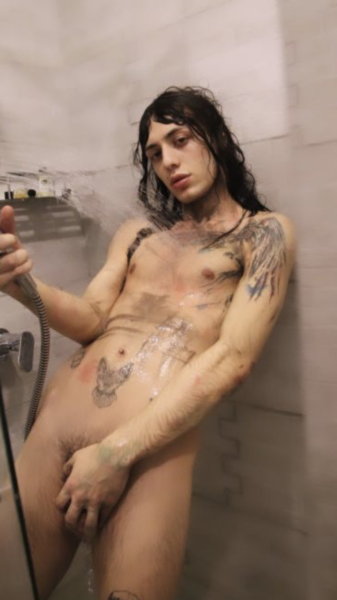
_____________
Stealmylife, 22
Steal my identity
Destroy my life yo
My social security number is 568292706
My birth date is 07231999
My phone number is 5123909751
My family part Jewish and very homophobic and would hurt me if find out
Comments
Stealmylife (Owner) – Apr 19, 2022
DO NOT message me if youre only looking for transgressive material to jerk your micropenis to

_____________
chinkfags4white, 19
We are a very submissive chink fag couple with severe addiction to raceplay worshipping white men no matter how strong, weak, handsome, ugly, smart, or dumb they are.
Comments
HeardTheCall – Apr 20, 2022
For a long time, I have been craving a desire to take two young Chinks, tie them tight, bind them helplessly, imprison them in my basement, lock the door, and let fate take its course. There’s nothing else that fills me with purpose quite like that.

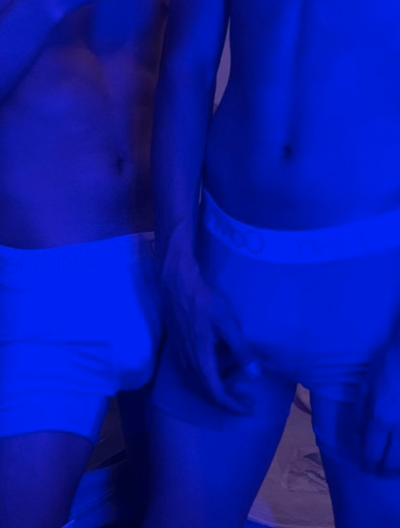

_____________
decor, 18
Hi! So glad I finally found this site. I realise I’m not aline with my desires. I’m a crossdressing bookish straight boy who since early on has had a fetish to have my bouncy bubble ass slaughtered. I have been exercising and using moisturisers for a few years to make my ass look soooo pretty, hoping some man would take one look and want to annihilate it. Douse it with gasoline and strike a match, swing an axe at it, grate it with a cheese grater, hang me by my feet like in a butcher shop then saw my ass off and roast it, or another way and film the whole thing like a documentary. I dream of this being as brutal as possible, together with an element of surprise!
Comments
snakecycle – Apr 8, 2022
I am very interested it’s just that I’m still recovering from being ran over by a car and I’m very busy with work so I don’t know how much help I can be 🙁
FriendlyYouth – Apr 8, 2022
A warm welcome you will find what you are looking for.
AnthonyGarrisson – Apr 8, 2022
Welcome. You are not alone. We are a community with a wide variety of interests and cravings, including killing and eating fem boys.
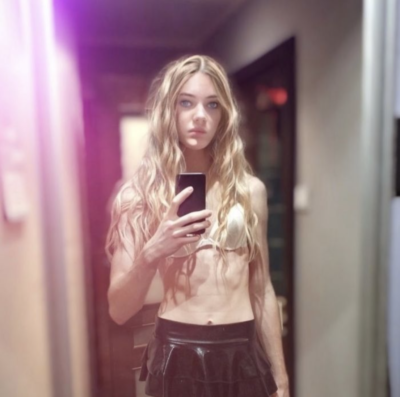
______________
Anonym_Ass_And_Cock, 21
I do classical ballet professionally so I don’t want to be recognized but I am very submissive though my sadistic characteristics have grown out of me aggressively in the last year so I will explore them and exactly how I will say when I want to.
Comments
HungRoman – Apr 22, 2022
I have seen just about every mainstream movie rape scene there is, time to re-enact some.
clifford__edwin – Apr 18, 2022
He likes guys who can lift him up in the air and shit like that.
Anonym_Ass_And_Cock (Owner) – Apr 14, 2022
I’m not out and if anyone from my company or fan base or circle of friends or family sees this and recognises me, please don’t talk to me about it, I want to decide for myself when and who I tell.

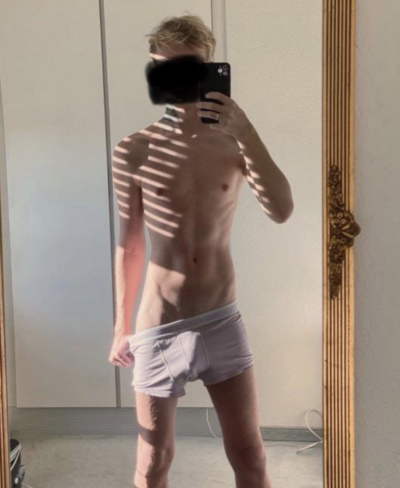
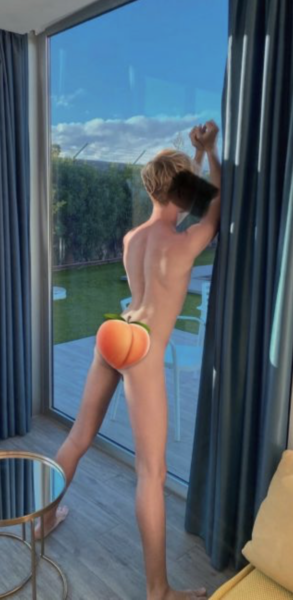

______________
buythatstudent18, 18
His name is Viktar….student from Belarus.
Don’t believe all you hear about eastern european people…they are not all bad people like Putin and Lukashenko!
Anyway, I have facilitated his escape and he is now in NYC…and I am auctioning him for $50,000 min bid.
No limits, and yes he is ok with it…long story.
AUCTIONER OF SLAVES FOR 7 YEARS.
Comments
TheCannibalConnoisseurs – Apr 26, 2022
The Cannibal Connoisseurs slayed this young man and ate his flesh 11/04/22 and these are his rankings.
Keelan:
Torso: Pecs were tasty, could have maybe been a bit thicker but taste was good and flavorful. Abs crisped a little too quick but meaty parts did hold flavor. Ribs held a fair amount of meat, tasted good both plain and BBQ’d.
Arms: Were ok, would have liked a little more meat. Biceps supplied the most. Could taste the flavor but disappointed with the amount.
Legs: Thighs were a strong point, smooth and supplied plenty of meat that was cut into steaks. Meat was rich and flavorful giving a good amount of juice. Some of the best cuts from this specimen.
Rump: Rump meat was of good quality. Used in burgers which were juicy and moist. Minced meat dishes which gave the meals some flavor, and sausages which were of a decent quality.
Best Meat: From the thigh area.
Ellis:
Torso: Pecs were tasty and juicy with plenty of flavor. Abs yielded some solid meat, edges crisped but meat remained tasty. Ribs shared a large portion of meat that melted away from the bone when cooked. Taste was very good plain but added sauce to them to another level.
Arms; For the physique on show the arms gave some solid meat and a decent quantity that tasted good. Bicep steaks were juicy and tender.
Legs: Thighs were excellent, very smooth and muscles supplied plenty of meat that was cut into juicy flavorful steaks. Meat was rich and flavorful giving a good amount of juice when cut. Most definitely some of the best cuts.
Rump: Rump was of a very good quality. Used in burgers which were juicy and tasty. The Sausages yielded from this specimen were top quality.
Best Meat: As you can see from the pictures it had to be the quality thigh meat.
Colby:
Torso: Pecs were large tasty and juicy with plenty of flavor. Large lateral muscles provided large fillet steaks cuts to various sizes. Abs yielded some solid meat including Flank and plate steak, Abs bacon edges crisped but meat remained tasty,. Ribs shared a large portion of meat that melted away from the bone when cooked. Either plain or BBQ’d they were finger licking good. Rump was cut into various juicy and thick rump steaks along with a few joints.
Arms; Thick arms, provided great juicy bicep steaks. Dealt a fair amount of meat
Legs: Thick Thighs were excellent, very smooth and muscles supplied plenty of meat that were cut into juicy flavorful steaks including sirloins and top and silverside joints. Meat was rich and flavorful giving a good amount of juice when cut. Calves were thick and juicier then the biceps. .
Rump: Rump was cut into various juicy and thick rump steaks along with a few burgers. Even rump steak tartare took my breath away.
Best Meat: The meat cut from his amazing thighs.
GdeMarivalLtd – Apr 11, 2022
I am G de Marival, Viktar’s new owner. I run an art gallery on Portobello Road London W11, where I represent six artists for private commissions & personal portraits.
One artist represented is the incredibly talented Robert Blair, who has a unique skill in taking extreme sexual activities and actualising them into works of art for private clients. Here is an example of a recent sitting done with Viktar and the artist. The “Viktar” series will be on show during summer 2022. DM me for a private viewing, by appointment only.
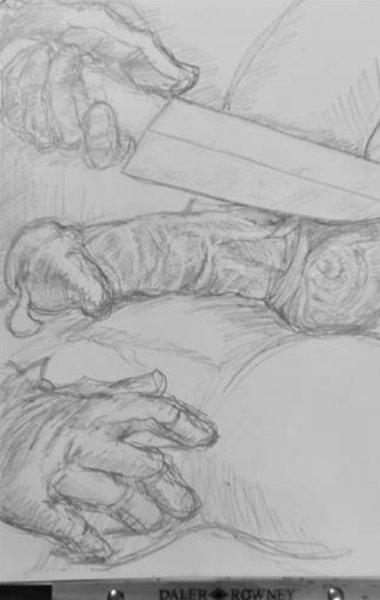
zav0listic – Apr 3, 2022
we need more guys who want to die by flamethrower. thats all, someone’s gonna say my opinion sucks, but i’m right.
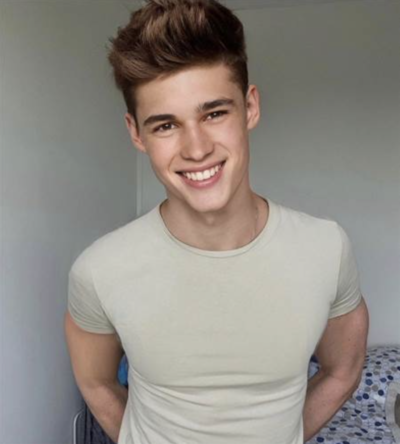

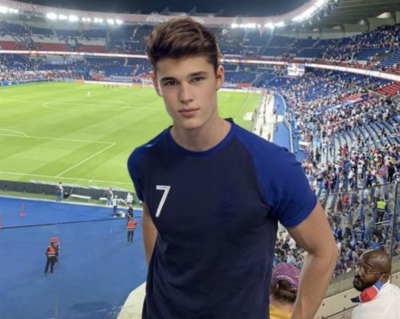
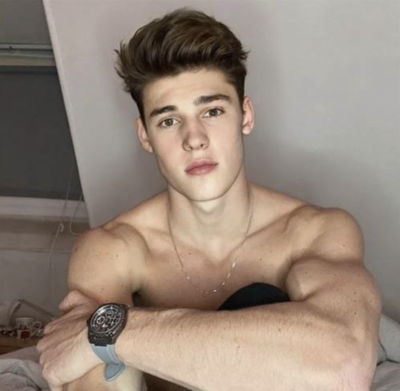
______________
BRAINLESSTROPHYBOY, 22
I’m not looking for an owner but rather someone who wants to disappear me from the world forever and destroy me but also has the patience for a long period of destruction and damage before my end.
You can rent me as a rape hole to others while destroying me to gain money.
I am currently travelling indefinitely with no fixed address and I mostly live out of cheap motels and the back seats of unlocked cars.
Heavy drinker, obnoxious and loud. This often gets me into trouble.
I have badly damaged teeth.
Comments
PSNiceButt – Apr 10, 2022
Young guy with an old butt that requires at lot of attention.
Ghost27 – Apr 7, 2022
A gang bang session will take place on April 9th, 2022!
Beginning at 5 p.m
Location: Zurich
(Exact address will be given when booking)
Price: 220
Procedure:
– You come in fuck him as many times as wanted
– You may watch as he’s fucked
– You may use his mouth and the rest of him as wanted
– Injecting, choking etc. is permitted
At 5 am after he has been fucked as much as possible by as many guys as possible he will be auctioned to interested owners

_____________
isthisokay, 18
Looking to talk and meet someone to rip my butt apart
Comments
TruffleHunter – Apr 8, 2022
I can not begin to describe how astounding it is to rape him.
isthisokay (Owner) – Apr 5, 2022
It can take 5 minutes or days it’s up to you.
isthisokay (Owner) – Apr 5, 2022
I don’t dare to go home with men, I’m too scared, I wish that I would just be raped by someone on the street, then I can’t do anything about it and I don’t have to be scared to go anywhere.
isthisokay (Owner) – Apr 5, 2022
I was raped last Christmas but I came while I was doing it.
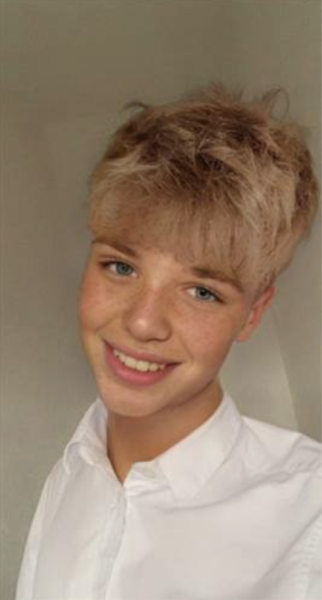
_____________
Bemusementfrommycock, 22
And all for your own bemusement without a thought for me, as an example say you want wanking my cock and sead to your self I wana give it a good hard slapping as he cuts don’t ask but as I start to cum start to hit my urm your play toy cock as hard as fast as much as you want to do not ask just do. As 1 guy dun with it, he had it tied to a black and decker work mate tied down. I was blindfolded after tying it down, and he nailed it down, but a few weeks before at first meeting, he had asked how far I was willing to let him go I find say nail my cock down but with out me knowing your going to do it. He did just that, but with 5 or 6 nails through my cock shaft. Simply if there is anything that you have ever wanted to try and or do with a guys cock but never found anyone or been to scard to ask ask me and if you want my cock inside you no probs tie it off at its base wile hard and ride it as much as you want to.
Comments
Bemusementfrommycock (Owner) – Apr 7, 2022
I’m boring and I don’t know anyone.
Bemusementfrommycock (Owner) – Apr 5, 2022
I also love math. Although in mathematics I like solving problems more than large examples. I easily mastered triganometry, higher mathematics, it seems I have a mathematical mindset.
Bemusementfrommycock (Owner) – Apr 4, 2022
I love nature and that’s something I feel deep inside just like being gay and selfdestructive.


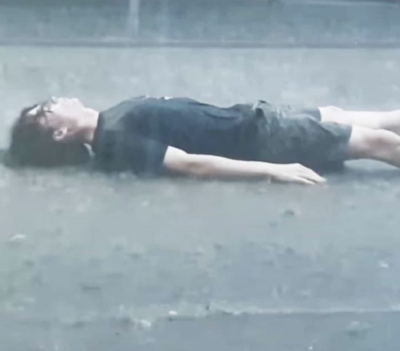
____________
petertheboy, 19
Are you a money master looking for a slave to lay your money at his feet? So get in touch with me!
You don’t become my money master by bullshitting around online. No matter what tribute you give me as my money master, you will have to improve, it will never be enough.
If you serve as my money master, at least you have some use in life. Being a money master must be touching for a man!
Your thoughts and your whole life will only revolve around your job as my money master. As my money master, you have no time for anything else!
Many men dream of being my money master, it’s just a small step to make it happen! I can assure my money master how much I enjoy using him and take as much tribute from him as possible!
How intolerant that society ignores what a wonderful fetish money is!
Comments
anundeadmonkey – Apr 15, 2022
If you like bossy bottoms with a shit ton of legos who’ll bankrupt you after sucking your soul out, pounce.
Curioustwink01 – Apr 9, 2022
Everything about you seems so amazing so i wanna try things out with you. Im literally a virgin so dont expect me to be amazing at all.



____________
dicklessboy, 19
I have a job and not much of a life outside of that except for some women I see once in a while. my owner will be replacing them, so it’s important to me I find someone who is willing to really put in some time.
I’ve hooked up with guys less than 5 times (v exp w women tho!), but I always think about it when I touch myself, tho when I orgasm I feel shame about it and think I did a bad thing. but it’s too late – I watched too much hypno porn, now I can barely get it up without thinking about being abused by a man. I have to take viagra to have sex with women, but i get hard just accidentally thinking about being messed up by a man.
I am very homosexual inside but only until I orgasm, so I need my orgasms taken away, denying me all access to my own penis until I am fully, undeniably homosexual.
My fantasy is I go some guy’s house for a cup of tea when I’m drugged and out for twenty minutes – I start to come round to discover you’ve beaten my ass and legs black and blue and you’re pissing in my mouth. I plead with you not to kill me for the sake of my family telling you to do whatever you want and by the next day I’ve been reduced from getting pussy to fucking myself with a vibrator while thinking about you.
This what I need to give being gay a chance, not because I’m straight but because I’m a coward.
Comments
dicklessboy (Owner) – Apr 17, 2022
Final observations.
(1) I am now a slave suffering unimaginable tortures wishing I’d be put out of my misery.
(2) I expect absolutely nothing out of life other than more pain fear and suffering.
dicklessboy (Owner) – Apr 6, 2022
Updated observations.
(1) I now have moderate experience in most everything.
(2) I hope to disappear taking only the clothes on my back, drivers license, birth certificate, and social security card.
(3) A few texts explaining that I am moving cross country for work will keep anyone from looking.
(4) I can also bring 3000$ cash as tribute.
dicklessboy (Owner) – March 29, 2022
Here are my observations after trying this a few times.
(1) I found myself craving affection and attention.
(2) I hate being ignored and feeling like someone is mad at me or that I disappointed someone.
(3) I’ve enjoyed bottoming but hate douching so in the future you’ll just have take to me and use me as is.
(4) I’ve enjoyed face fucking and deep throat…not to the point that I puke, but I might not mind it.
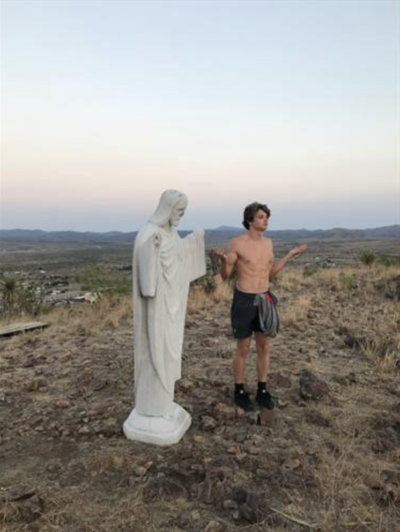

____________
Extremeforcedstarvation, 18
Public forehead tattooing.
No food.
Beaten bloody.
Bricked up in a wall.
Comments
Hang_me (Owner) – Apr 7, 2022
I would be willing to try having sex
Unrefillable – Apr 6, 2022
Usually I would want to stick a knife in your neck and start sucking that heaven juice, but bricking you up would be awesome too!



____________
DumbLilCow, 19
Looking for a someone to extract every single drop of cum I can give. By mouth or hand or machine, tie me down and force out all my milk and don’t stop until I’ve been dry for hours or days. Feel free to keep milking as I cry and have seizures from the post-cum torture until you fry my brain and I become your stupid little cow. Given a new name, if any at all. I get so horny so often. Please, won’t you make me a pathetic cow?
Fuck Putin.
Comments
DumbLilCow (Owner) – Apr 19, 2022
i want to find a grown man, it just so happens that I’m only attracted to grown men.
KiltedFireNinja – Apr 19, 2022
Uh I don’t know if I’m allowed here or not I’m 12 yrs old but I enjoy looking at bondage stuff and I want to grow up to be a firefighter I hope you don’t mind me being here I usually stay to myself and give compliments here and there like to you DumbLilCow you’re so hot!!!!!


____________
youwillsee, 18
I am a high school student who gets straight A’s and has been accepted to Yale University but I am also a pain sponge who exists for you to purge yourself of everything that you don’t want to let out on a more deserving society and inflict as much pain, suffering, humiliation, use, and abuse as you want upon me nightly.
Comments
FFWSPIG – Apr 1, 2022
he gets really pale
SacredGaySexCoach – March 23, 2022
While you have most of your life in order, some of you have a consistent and perhaps even nagging desire to experience more of the potential that sadism has to offer. You want more spiritually meaningful contact with someone you find sexually destructible. You might be wondering what you look for in those encounters on a deeper level of your soul.
You particularly like youths like this boy here, their beauty and the somewhat dark and mysterious aspects of their masochism. You feel there’s something Sacred to it. You’re also noticing that it takes quite an effort to find a spiritual connection with such submissives.
As a sex coach, I may be of service to you. In my own experience, such encounters with submissives can indeed be experienced as Sacred. In ancient times, masochists were often priests and priestesses. Violent sex with them was regarded as a healing experience. The epic of Gilgamesh (from Mesopotamian times) describes how a wild man, who ate and drank like a beast, became humanized through sex with a masochist.
I offer intimate sessions to sadists and masochists. Together we explore what gifts the masochists have to provide Sacred Sex to their sadists. Over the years I have noticed many times that I have a gift to kiss awake or enhance their capacity for Sacred Paintaking. On my twitter page you’ll find more about the type of trained masochists I personally could offer in service to sadists wishing or me. I charge for providing such guys for these sessions – but you’re welcome to bring your favorite masochist to me for training. I look forward to hearing from you.
youwillsee (Owner) – March 21, 2022
I have a pregnant girlfriend so dl she has no idea.
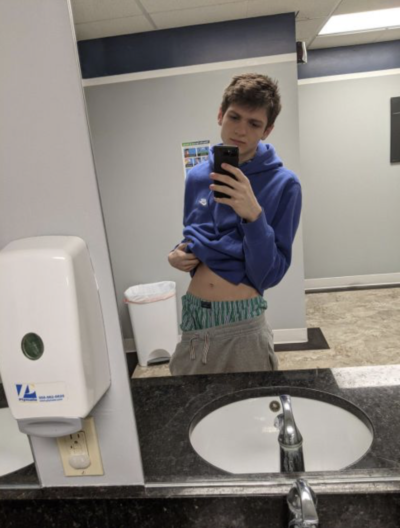

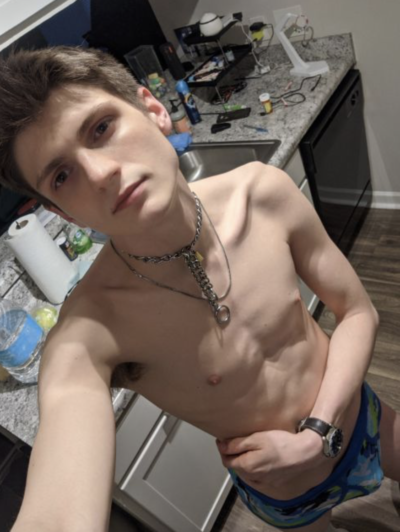
____________
gardengnome, 24
I’m Léo, settled in Paris not very long ago to become a top model, influencer or famous actor (if you work in these sectors, I’m interested).
Here to indulge my slutty bottom side while waiting to break through.
And if you are a sugar daddy looking for a promising young man to invest in don’t hesitate lol!
Or if you are a hacker, let me know because I would like you to do me a favor.
Please do Meth!!!
Comments
Str8ish – Apr 13, 2022
He likes having the soles of his feet roasted with cigarette lighters.


____________
sadboysub, 20
Hi everyone, I’m Daniel and I’m Sad Goth a boy who just came to work in Germany recently. I left my parents two weeks ago because they were always arguing, my father is totally addicted to drinking and I have often seen my father beat my mother every day. That’s why I left my parents and found a job in Ingolstadt at a factory. It’s very difficult for me, especially because I still don’t know German very well and my english is not perfect. I want to ask for some help to people who would be willing to help me financially or with food or anything in exchange of my services as a slave. I still don’t speak German. Thanks in advance to the people that will help me. P.S I can prove that I came to work in Germany.
Comments
WillToPower – Apr 11, 2022
I’m looking for something beautiful to own. If you think you’re worthless, please seek professional help.
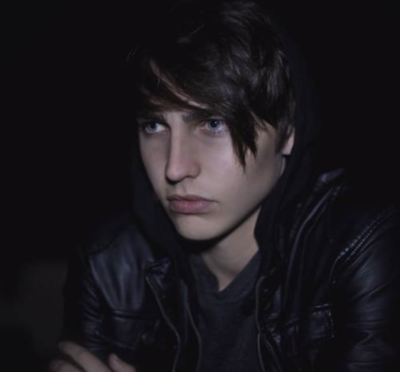

*
p.s. Hey. ** _Black_Acrylic, Hi. I too hope the rigamarole will be sufficiently behind you speedball-style so you can write. Thanks for the tip on the new Meg McCarville! ** T. J., Hi. Wow, that is weird. I too have some upper echelon space for Kael, but, yes, her aggressive hackles re: Brakhage and experimental film in general makes her seem like a total bonehead. Good to see you! ** David Ehrenstein, Hi. I don’t know Adler’s film criticism so well, but I like her fiction. I need to read that Kael takedown. Well, it’s not like Kael couldn’t be contemptuous, and towards great stuff sometimes, i.e. her Brakhage-related dumbass-ness, so, I don’t know, … tit for tat? ** TomK, Thanks, man. I don’t think it was taped. It really didn’t need to be, I don’t think. I’m good, and I hope you’re way more than that. ** l@rst, Thank you, l. It seemed to go well. Ah, good, thanks for the extra and effective nudge about the Spektor book. I’ll hunt today. ** Dominik, Hi!!! Thanks, pal. It seemed to go well. There was a big crowd, and they seemed interested. It’s always strange to read to an audience when you know most of them don’t actually know what you’re saying. And they’re waiting for the translator to read the same thing in their language afterwards. They listen like it’s a piece of music or something, and there’s not really any detectable reactions to the different details and tones. Disconcerting, but interesting. Your Love obviously knows what my ultimate post-reading reward would be, slurp. In truth, I went across the street with some friends and ate a cheese quesadilla, which wasn’t too shabby. Love figuring out why Lil Nas X was walking down my street last night carrying a hula hoop, G. ** Bill, Hey. No, Les Mot has been around for quite a long time, since the 80s at least. For a long time it was in the Marais, but they got priced out last year and had to move the 11th. Yes, it’s a cool store. It must be one of the very last surviving LGBTQ bookstores in the world. I’m really glad you like the RE Katz. That book is a real find and sleeper hit. ** Steve Erickson, The reading seemed to go quite well, thanks. Nice thought on the twink porn invasion of Putin’s feeds, although I worry that would make him order his troops to rape the Ukrainian boys as well as the girls. You’re a brave fella to sit through, much less review ‘Memory’. Everyone, Steve E. uses his brain power on the new Liam Neeson brawler/snoozer film ‘Memory’ here. In a perfect world Grandrieux’s obscurity would only excite the editors and make them see your piece as a scoop, but, of course … ** G, Hey, G! How’s it going? The good thing about the blog is its past never expires (knock on wood) so you haven’t missed anything. I’m good, busy, but good. And you? ** Thomas Moronic, T-man! So I guess you must be in Paris now unless your flight was one of those ultra-cheapie multi-stopover ones, in which case you might be reading this in Prague or somewhere. In any case, see you very soon! ** Okay. You’re getting your slaves one day early this month because there’s some more fitting for the weekend that’s coming up tomorrow. I hope they haven’t startled you. See you tomorrow.

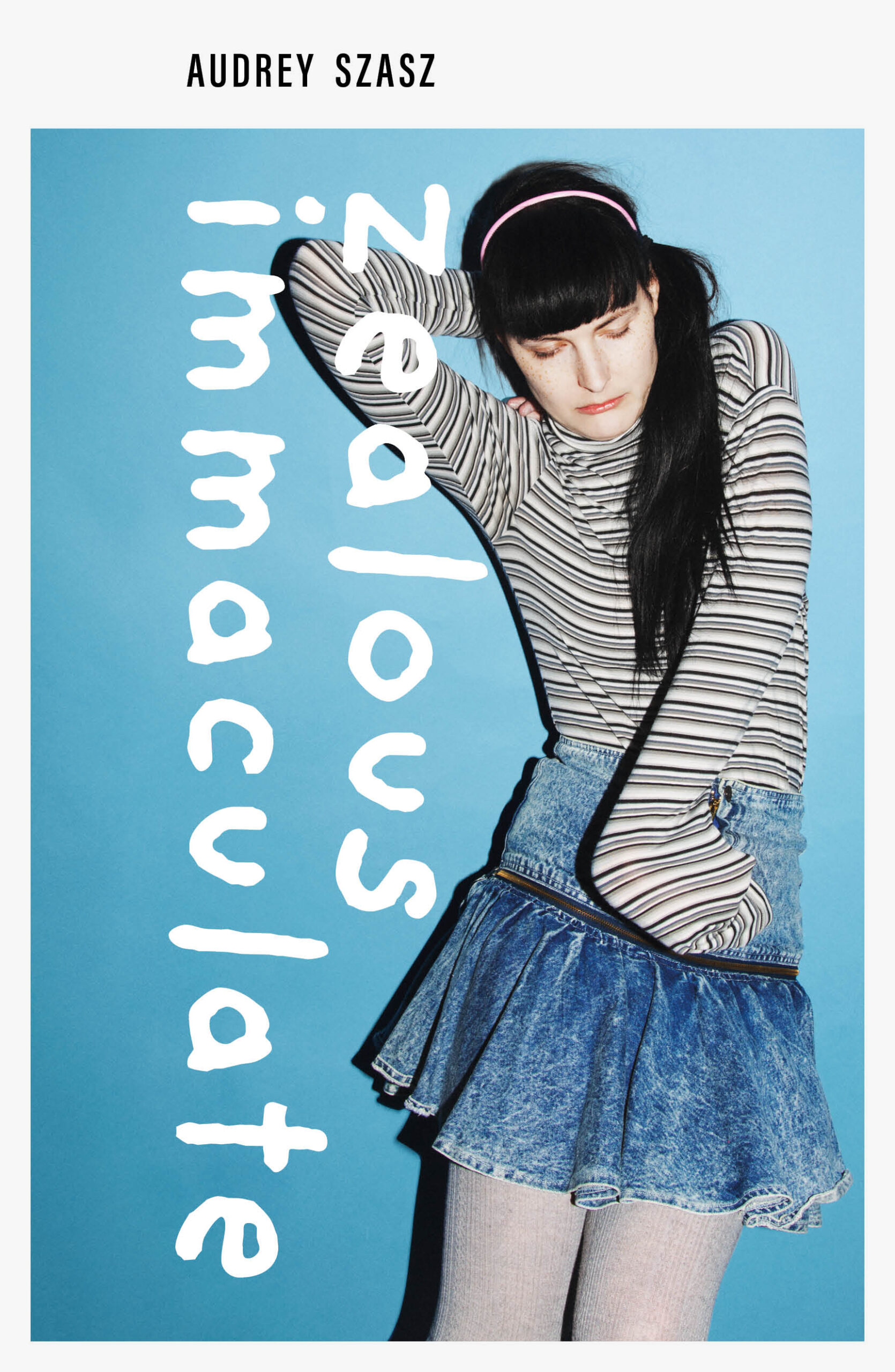
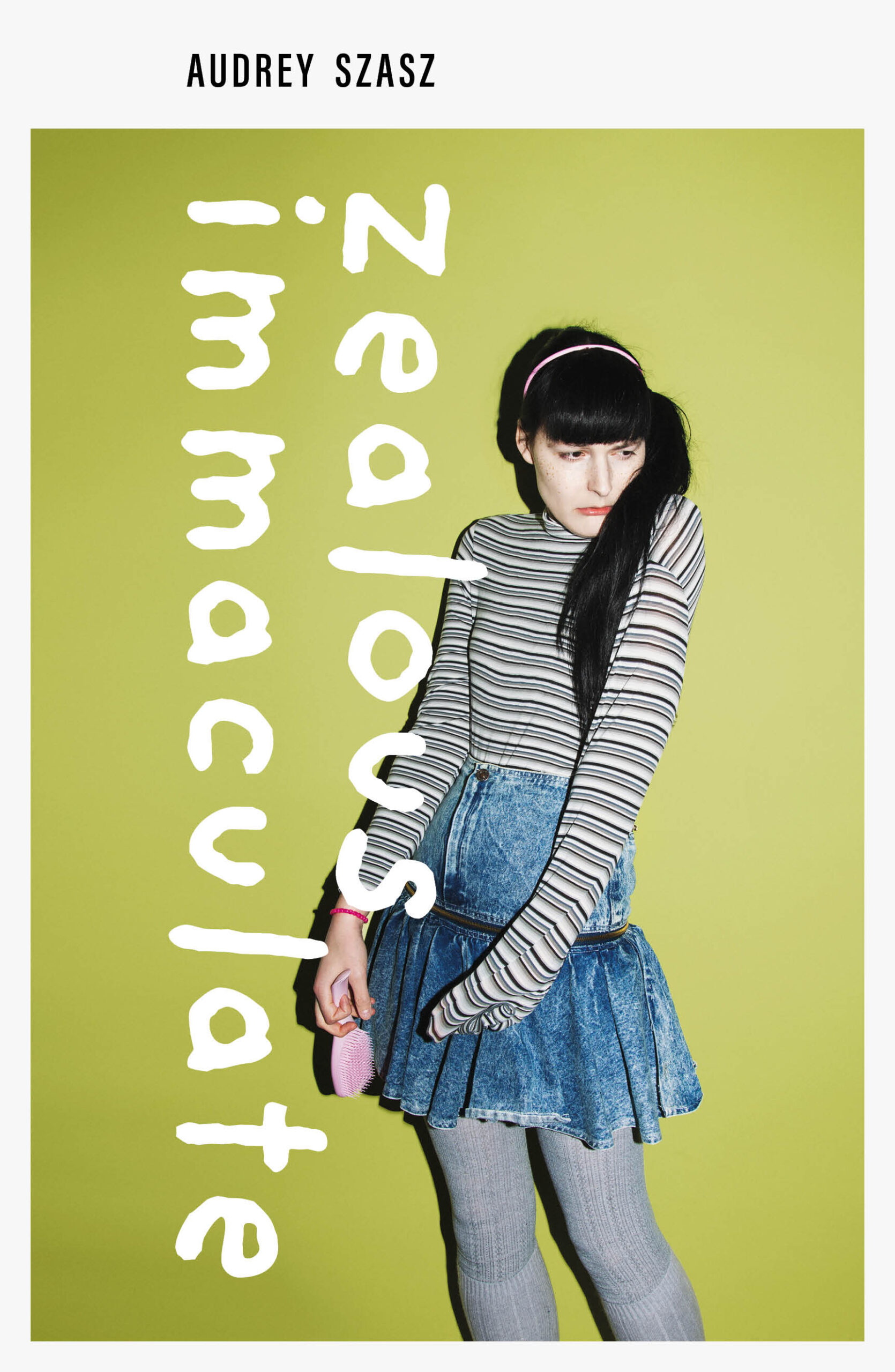



































































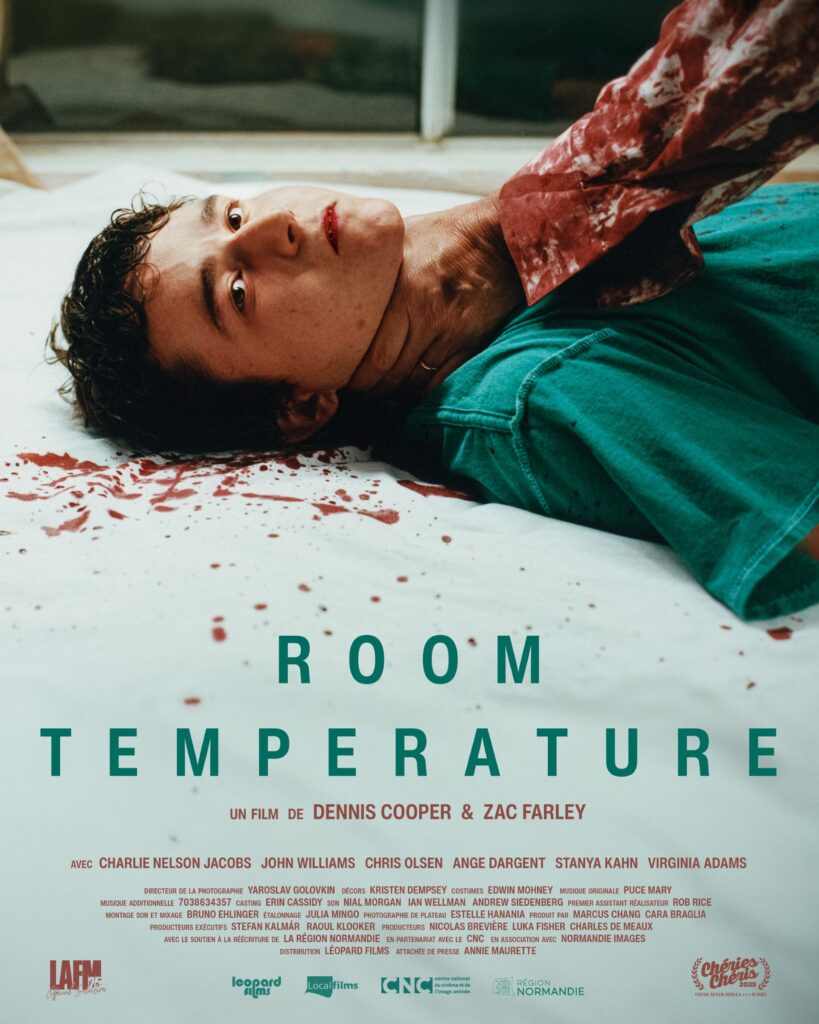

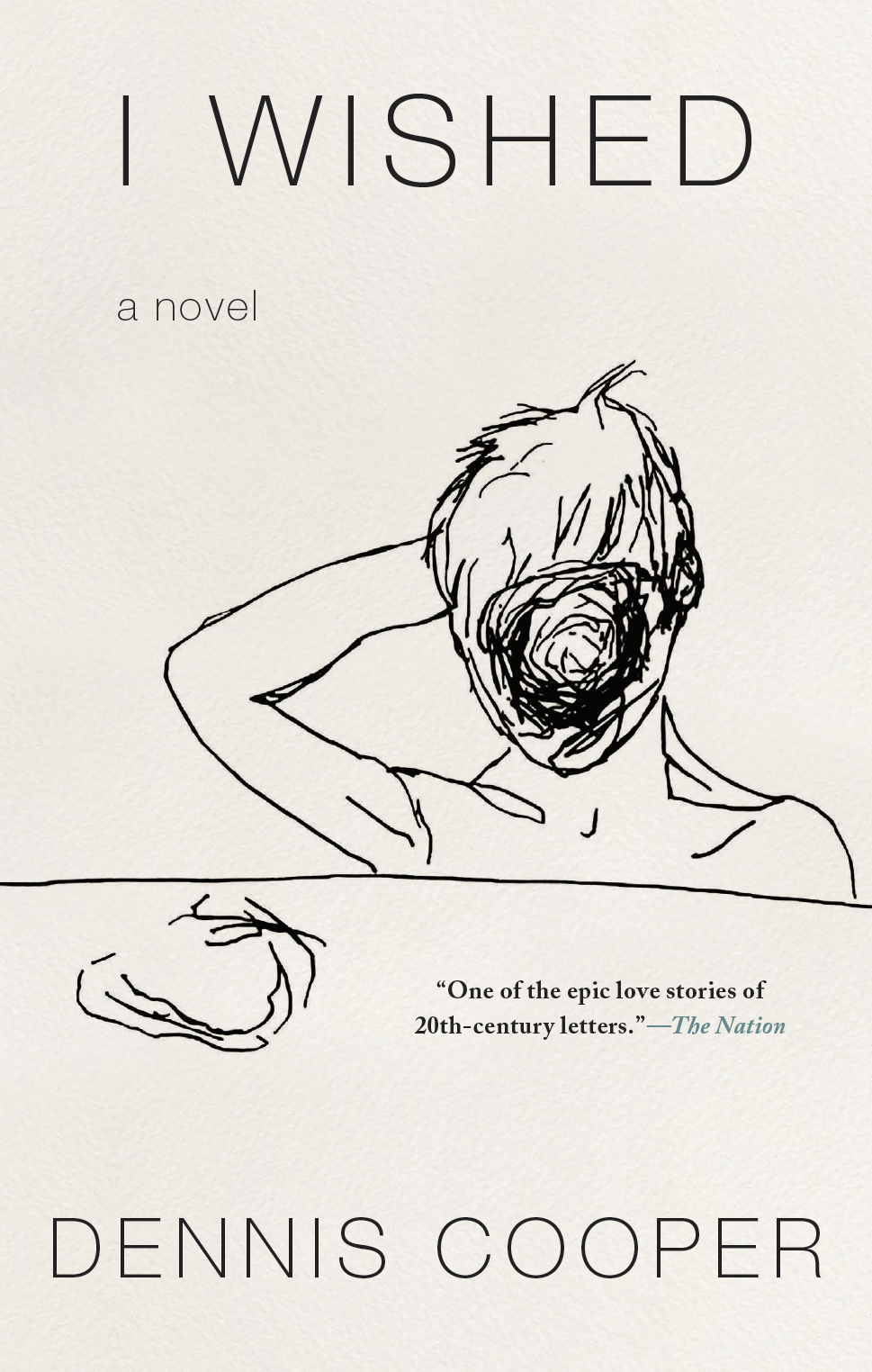
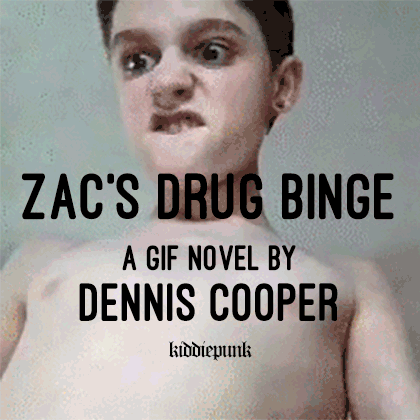
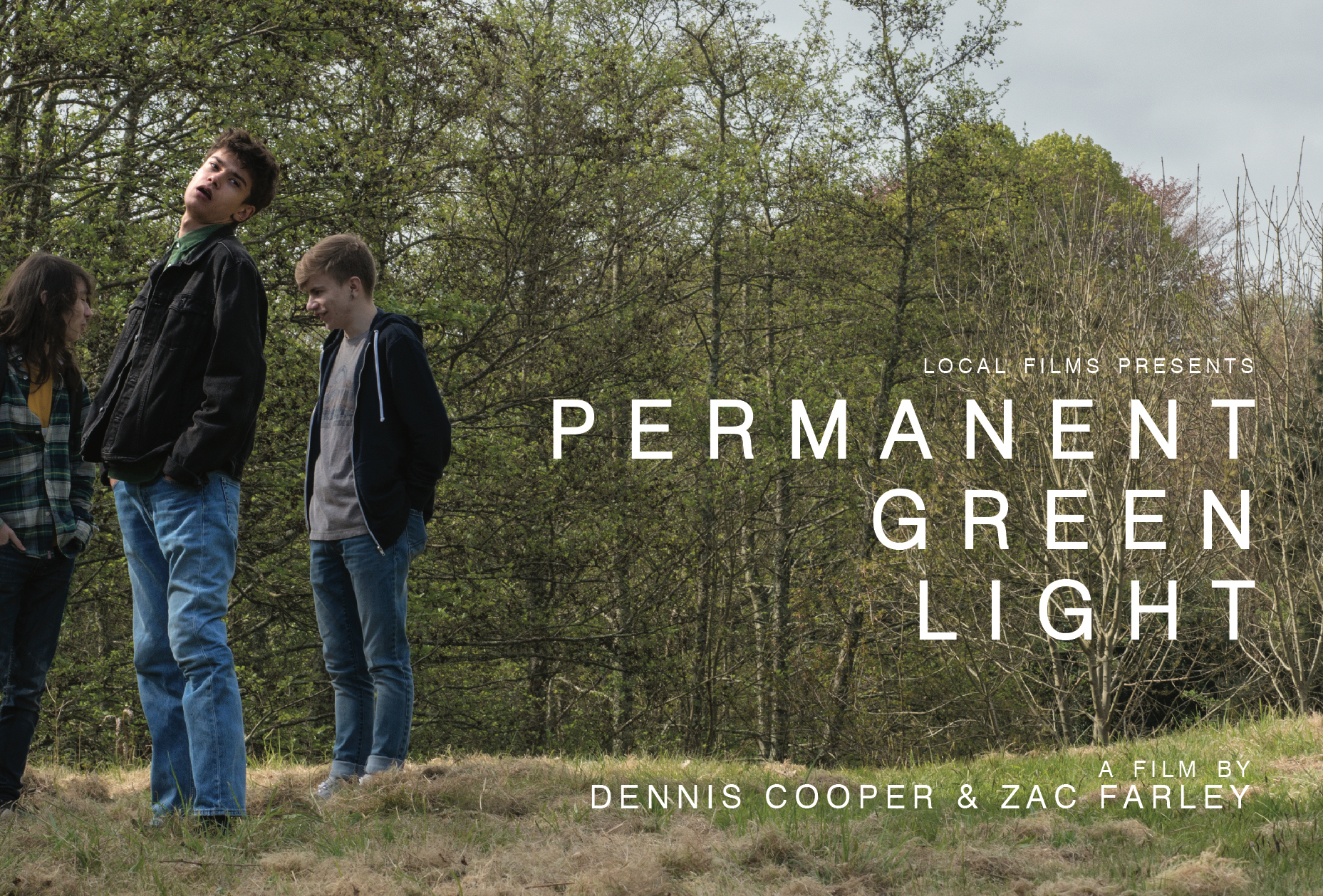 Now available in North America
Now available in North America 